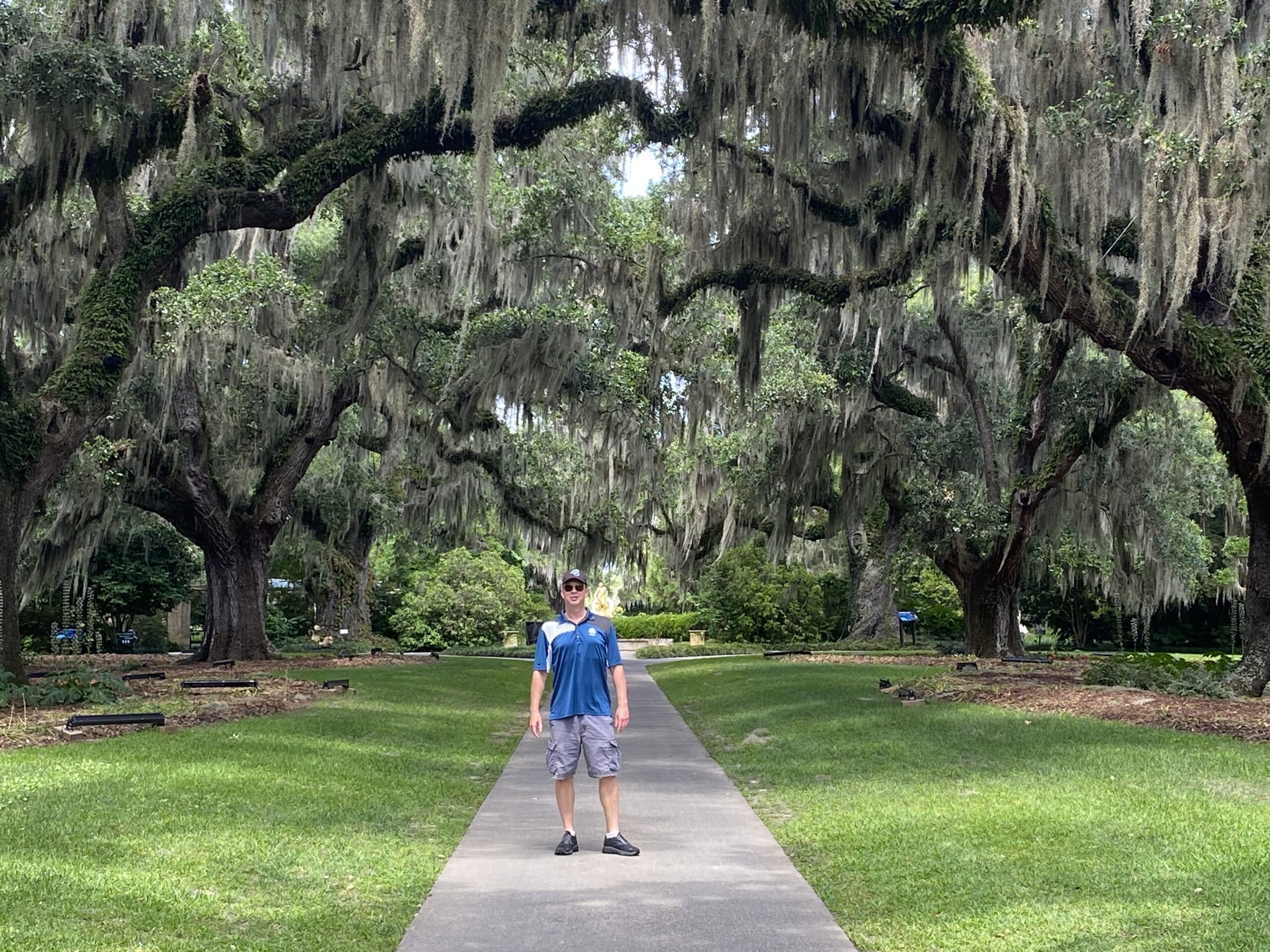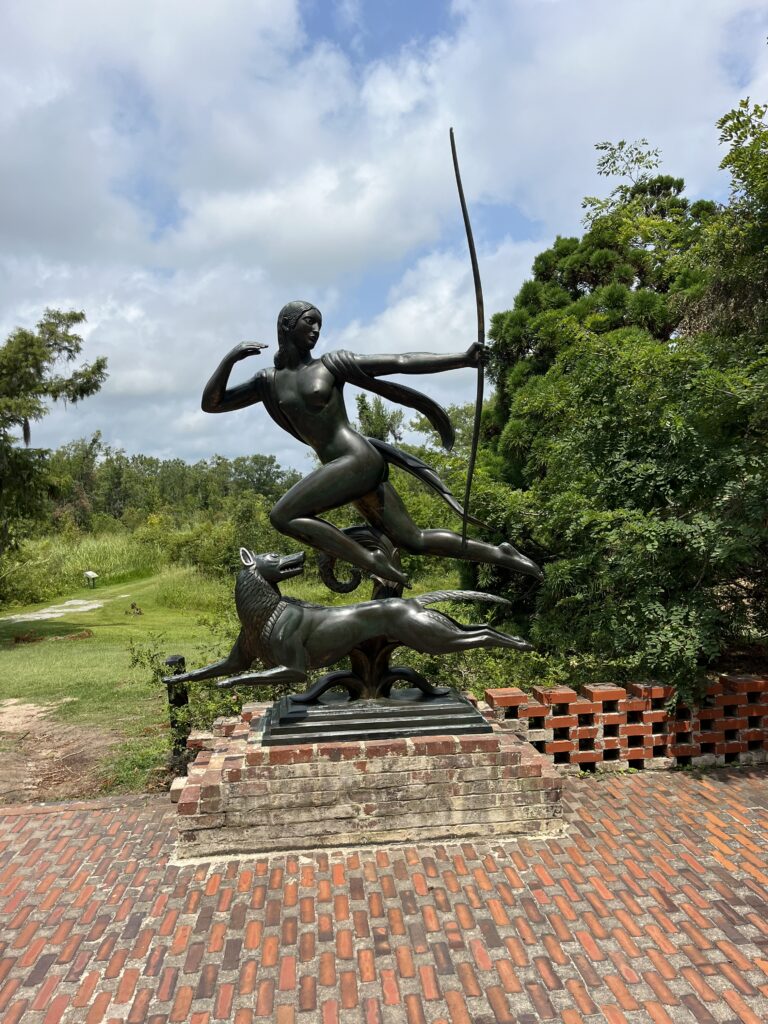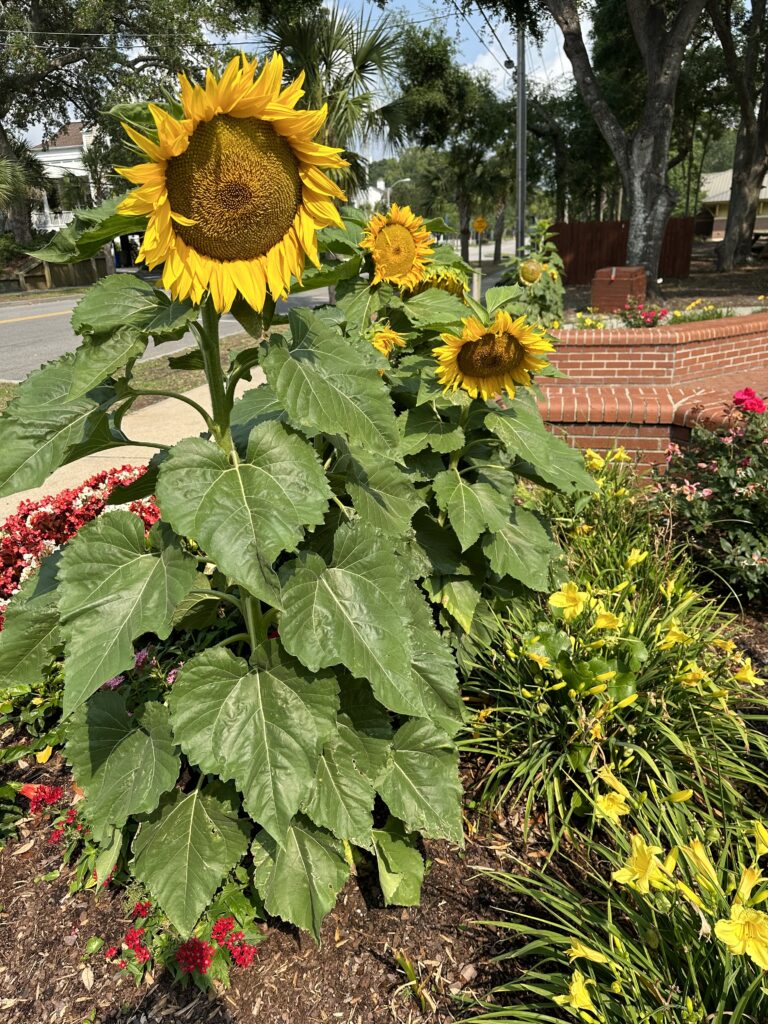Hidden Historical Gems in Myrtle Beach
Hey there, fellow travelers! It’s Dennis and Karen from Carolinas Like a Local. We all know Myrtle Beach, South Carolina, for its stunning coastline, bustling boardwalk, and vibrant nightlife. But did you know there’s so much more to explore beyond the sandy shores and endless entertainment? Hidden within this beautiful coastal city is a treasure trove of historical sites just waiting to be discovered. In this blog post, we’re taking you on a journey through time, uncovering the rich history of the Myrtle Beach area. From colonial-era plantations to fascinating museums, let’s delve into the incredible stories that have shaped this beloved destination.

1. Hopsewee Plantation
Hopsewee Plantation, built around 1740—about 40 years before the American Revolutionary War—was one of the South’s major rice plantations and the birthplace of Thomas Lynch, Jr., a signer of the Declaration of Independence. Now privately owned, this National Historic Landmark is located midway between Myrtle Beach and Charleston in the heart of South Carolina’s Lowcountry. The facility closes for weddings and special events, so be sure to check their calendar for availability when booking your visit.
2. Atalaya Castle
Nestled within Huntington Beach State Park, Atalaya Castle is a unique architectural gem. Built in the 1930s by industrialist Archer M. Huntington and his wife, sculptor Anna Hyatt Huntington, the castle served as their winter residence. The Moorish Revival-style building features 30 rooms and an impressive courtyard. Visitors can explore the castle and learn about the Huntingtons’ contributions to the arts and wildlife conservation.
3. Conway Riverwalk
Just a short drive from Myrtle Beach, the town of Conway offers a charming and historic escape. The Conway Riverwalk, which winds along the Waccamaw River, is dotted with historical markers and picturesque views. Key sites include the 1824 Horry County Courthouse and the historic Peanut Warehouse. As you stroll along the riverwalk, you’ll get a sense of the town’s rich past and its importance as a trading hub in the 19th century.
4. Myrtle Beach Colored School Museum and Education Center
The Myrtle Beach Colored School, established in 1932, played a crucial role in the education of African American children during segregation. Today, it serves as a museum and education center dedicated to preserving this important part of local history. The museum features exhibits on the history of the school, the community it served, and the broader context of African American education in the South. It’s a must-visit for those looking to understand the full tapestry of Myrtle Beach’s past.

5. The Franklin G. Burroughs-Simeon B. Chapin Art Museum
While primarily an art museum, the Franklin G. Burroughs-Simeon B. Chapin Art Museum offers visitors a unique blend of art and local history through its carefully curated exhibits. Housed in a charming historic beach cottage, the museum is an integral part of Myrtle Beach’s cultural landscape, providing a serene and inspiring space to appreciate the region’s artistic heritage.
The museum features an impressive collection of works by Southern artists, celebrating the area’s rich artistic traditions. From paintings and sculptures to photography and mixed media, the exhibits showcase the diverse talents of artists from the Southeast, often highlighting themes and subjects that resonate with the local culture and landscape.

6. Kaminski House Museum
Situated in nearby Georgetown, the Kaminski House Museum offers a window into the life of wealthy plantation owners in the antebellum South. Built-in 1769, the house is filled with period furnishings and artifacts. Guided tours provide detailed accounts of the home’s history, the families who lived there, and the broader historical context of the region. The museum’s beautifully maintained gardens are also worth exploring.
7. Brookgreen Gardens

Brookgreen Gardens, located between Murrells Inlet and Pawleys Island, is more than just a botanical garden; it is a treasure trove of art, history, and nature. Established in 1931 by philanthropists Archer and Anna Hyatt Huntington, Brookgreen Gardens is home to one of the most significant collections of American figurative sculpture in the country, boasting over 2,000 works by more than 400 artists. The sculptures are thoughtfully placed throughout the garden, creating a harmonious blend of art and nature that is both inspiring and serene.
But the beauty of Brookgreen Gardens extends beyond its sculptures. The gardens also preserve the history of the former rice plantations that once occupied the site. Visitors can explore the remnants of these plantations and learn about the lives of the enslaved people who worked there. The Lowcountry History and Wildlife Preserve offers a deep dive into the area’s natural and cultural history, featuring guided tours, interpretive exhibits, and wildlife encounters. See the calendar of events here.
8. The Rice Museum
In the heart of Georgetown, the Rice Museum is dedicated to preserving and presenting the rich history of rice cultivation in the Lowcountry. Housed in the Old Market Building, a National Historic Landmark dating back to 1842, the museum offers a captivating journey through time. The building itself is an architectural gem, reflecting the antebellum period’s design and serving as a fitting venue for such a historically significant institution.
The Rice Museum’s exhibits delve into the rise of the rice industry, which once dominated the economy of the South Carolina Lowcountry. Visitors can explore detailed displays that showcase the intricate process of rice cultivation, from planting and harvesting to milling and exporting. The museum highlights the ingenuity and labor that went into developing the rice fields, known as “rice plantations,” which were vital to the region’s prosperity. Plan your visit here.
9. The Horry County Museum
The Horry County Museum, located in the charming town of Conway, offers visitors a comprehensive and immersive overview of the region’s rich history. Nestled in a beautifully restored 1905 Classical Revival building, the museum is a treasure trove of artifacts and exhibits that span from prehistoric times to the modern era, providing a captivating journey through time.
One of the museum’s standout features is its extensive collection of Native American artifacts, which includes pottery, tools, and other relics that offer a glimpse into the lives of the indigenous peoples who inhabited the area long before European settlers arrived. These exhibits provide valuable insights into the cultural practices, daily lives, and craftsmanship of the region’s earliest inhabitants.
10. Vereen Memorial Historical Gardens
The Vereen Memorial Historical Gardens in Little River combines natural beauty with historical significance. The gardens feature several walking trails that take visitors through scenic marshlands and past historic sites, including the ruins of an old plantation house. Interpretive signs along the trails provide information about the area’s history, flora, and fauna. It’s a peaceful spot to reflect on the natural and historical heritage of the Myrtle Beach region.

Myrtle Beach’s Rich History and Culture
Myrtle Beach, SC, is not just a destination for sun and sand; it’s a place rich with history and culture. From colonial plantations and antebellum homes to museums that preserve African American heritage and the legacy of the rice industry, there are countless historical sites to explore. Whether you’re a history buff or simply looking to add some depth to your beach vacation, these sites offer a fascinating journey through the past of this beloved coastal area. So, next time you visit Myrtle Beach, take some time to discover its historic gems and connect with the stories that have shaped this vibrant community.
And don’t forget to explore our blog, Carolinas Like a Local, for more insider tips and detailed guides to make the most of your trip!
Dennis Stemmle is a bestselling author, entrepreneur, and lecturer at Coastal Carolina University. He writes about travel, college success, and entrepreneurship.
